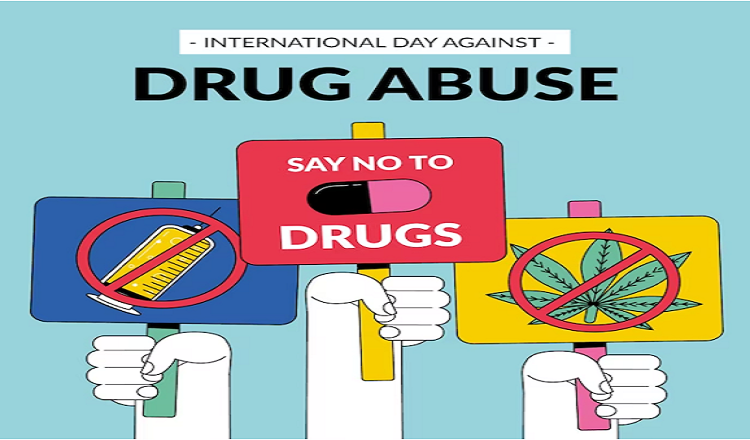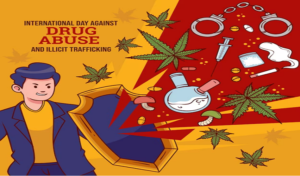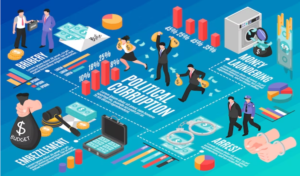The History of Drug Prohibition and Its Effectiveness

Drug prohibition is a global problem that has been of concern to policymakers, law enforcement agencies, and the public for decades. The fight against drug trade and abuse has been hard, so many countries have passed laws that make it illegal to make, sell, and use these substances. This article goes into detail about the past of drug prohibition and how well these laws have worked.
Introduction
When countries realised that drug abuse had become a problem at the beginning of the 20th century, they decided to ban drugs. For example, in the late 1800s, America had to deal with the opium situation. Unfortunately, drugs like cocaine, morphine, and heroin became easy to get and were used to make people feel better or help them get through daily life. This led to a big rise in drug addiction, social troubles, and even crime. So, governments had to do something to stop the bad effects of drug abuse.
The First Years of Drug Bans
During the early years of drug prohibition, many countries helped make rules that made it harder to use drugs. The Shanghai Opium Commission was set up in 1909 to deal with China’s opium situation. At the meeting, it was suggested, among other things, that marijuana production and sales should be regulated and controlled by the government. The Hague Opium conference, the first international drug control agreement, was signed in 1912 as a result of this conference.
In a similar way, the United States passed the Harrison Narcotics Act in 1914 to control the sale, production, and possession of opium, morphine, cocaine, and heroin, and finally to ban them. In 1930, the Act created the Federal Bureau of Narcotics (FBN), whose job was to enforce rules against drugs. The FBN was the centre of America’s war on drugs for a long time, until the Drug Enforcement Administration (DEA) took over in 1973.
The Modern War on Drugs
In 1971, when President Nixon declared war on drugs, the current drug war began. With this directive, there would be strict rules against drugs, more money for law enforcement to catch drug users, and a society without drugs. Even though the goal was good, the war on drugs has failed. The U.S. government has spent trillions of dollars trying to stop people from using and selling drugs, but drug use, drug crime, and the violence that comes with it are still major problems.
Drug abuse has also been fought against in other countries. For example, in 1971, the Misuse of Drugs Act was passed in the United Kingdom. This act made it illegal to make, sell, or have certain drugs. It also put an emphasis on lowering harm and treating addiction.
How Well Drug Prohibition Works
Not all of the effects of drug prohibition on lowering drug trafficking and drug addiction have been positive. These rules have only made drugs more expensive and made drug trafficking more profitable. In particular, drug prohibition has led to the growth of a black market for drugs, which has helped increase violent crime. Drug trafficking organisations go to great lengths to get drugs across borders, and some have even used violence to keep control of their area.
Also, drug prohibition has led to high rates of incarceration, which puts a strain on the justice system and hurts minority groups more than others. The banning of drug users has kept them from getting health care and made it harder for them to beat their addiction.
Possible Answers to the Problem of Drugs
Instead of making drugs illegal, policymakers should think about alternatives like decriminalisation and methods to reduce the harm caused by drugs. Decriminalising drugs would lower the number of people in jail, which would let states give drug users access to health care.
Harm reduction methods try to make drug use less harmful by giving people access to clean needles, methadone programmes, and education. This method has worked in Portugal, where drug use has gone down a lot since 2001, when drugs stopped being illegal.
Conclusion
Drug control has been around for a long time, and it hasn’t always helped solve the drug problem. This way has been expensive and hasn’t completely stopped drug use, drug trafficking, or the violence that goes along with it. A new approach that focuses on reducing harm and making drugs less illegal might be a better way to deal with the drug issue. By taking away the legal pressures that come with drug addiction and trafficking, governments can focus more on providing comprehensive health care services, public education, and other tools that can help with drug use problems.
Read More You May Like:








